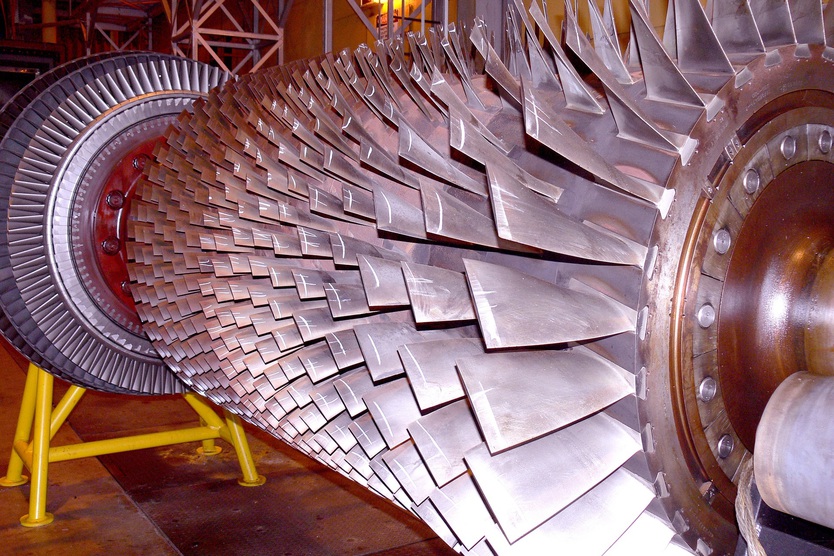
A new thermomechanical battery has a number of potential advantages for storing energy.
The steam engine could be making a comeback: not for powering machinery, as it was used during the industrial revolution, but for storing renewable energy. Engineers from the Institute for Process Technology, Process Automation and Measurement Technology at the Zittau/Görlitz University of Applied Sciences have developed a new kind of steam-powered battery that works on a similar principle.
In collaboration with the engineering company Spilling, the institute has constructed a small-scale laboratory plant with a storage capacity of 110 kWh. Firstly steam is compressed with a low pressure of between 7 – 20 bar (the charging process), then it is stored in a chamber at 60 bar (during which the steam becomes heated to 280°C), finally it is discharged – the pressure rapidly drops to 30 bar and electricity is generated.
When converting electricity to higher steam pressure, the team achieved an efficiency of 60 – 70 percent, but when converting steam back into electricity, the efficiency dropped to between 35 – 60 percent. However, the researchers found that if the stored energy is converted directly into heat, only a little energy is lost, and efficiency climbs up to 90 percent. This makes the technology very interesting as a short-term storage system for utilities companies and district heating suppliers.
The thermomechanical battery has a number of potential advantages, as Thorsten Voss from Spilling explains: "Compared to batteries, we first of all have the big advantage that we don't need materials that are difficult to procure... we just use steel and iron. And apart from that: the working medium is water,” he says, in a report published by public broadcaster Mitteldeutscher Rundfunk (MDR).
A scaled-up version of the battery could also be used in solar thermal energy plants as an alternative to molten salt storage systems that are affected by corrosion over time. The thermomechanical accumulator has a potentially longer service life of up to 40 years.


